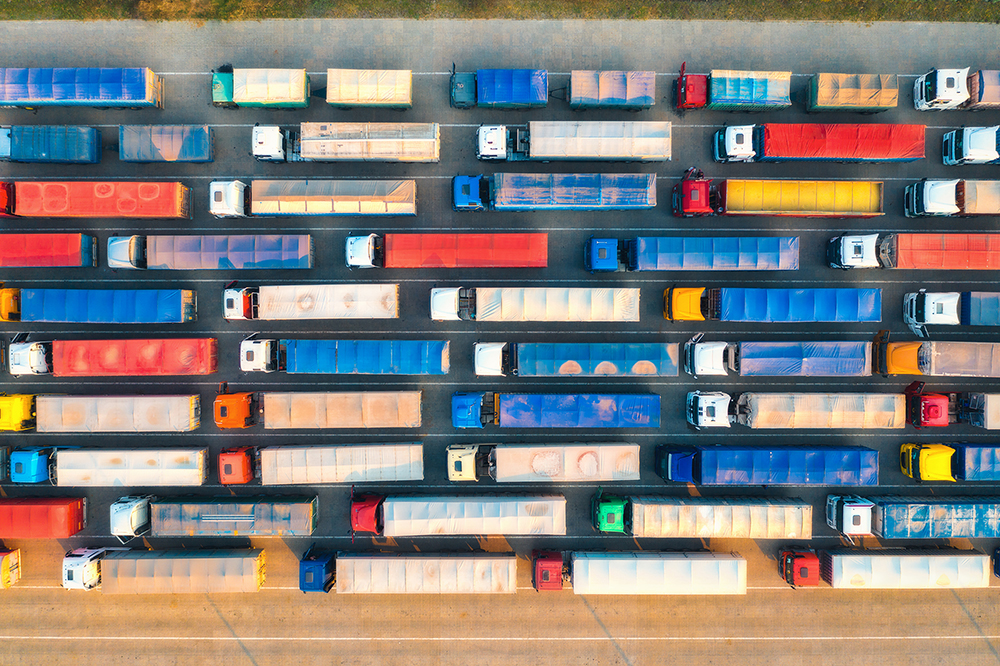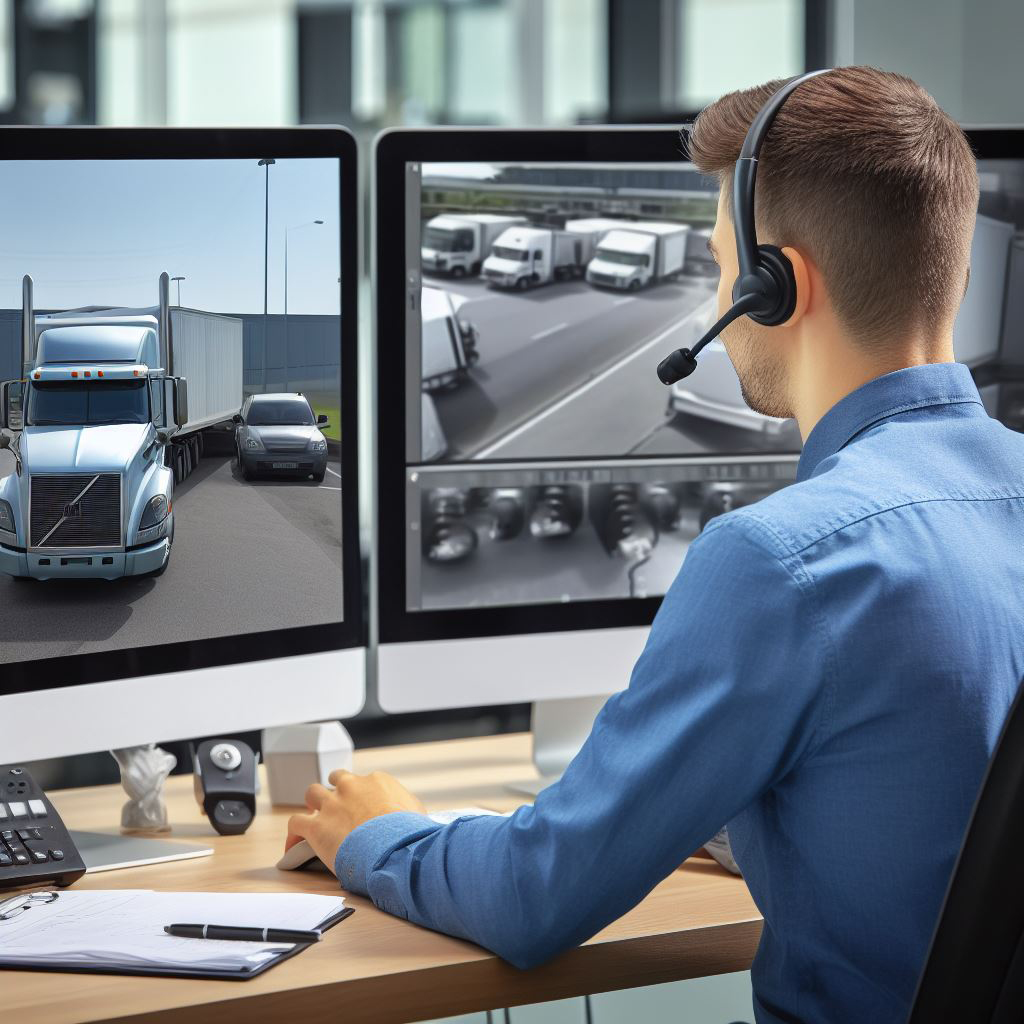Phone:
(678) 951-0626
Physical address:
4575 Webb Bridge Rd.
Suite #4345
Alpharetta, Georgia 30023

Logistics Gate Automation refers to using technology to streamline and enhance the management of gates in Logistics operations. It involves implementing various technologies and systems to automate processes such as vehicle access control, identification, and tracking at Logistics gates.
Logistics Gate Automation is the implementation of technologies and systems to automate processes at Logistics gates. These processes include vehicle access control, identification, and tracking, which are crucial for efficient and secure Logistics operations. By automating these processes, Logistics Gate Automation improves operational efficiency, reduces costs, and enhances security.
There are several benefits to implementing Logistics Gate Automation in Logistics operations:

Logistics gate management can present various challenges that can be addressed through automation:
By implementing Logistics Gate Automation technologies, organizations can overcome these challenges and achieve more efficient, secure, and compliant Logistics operations.
There are various technologies and systems that can be implemented to automate Logistics gates. Each technology offers unique features and advantages, and organizations can choose the ones that best fit their operational requirements and objectives.
RFID technology uses radio waves to identify objects and capture data. In Logistics Gate Automation, RFID tags are attached to vehicles or containers, and RFID readers are installed at gate entrances and exits. When a vehicle or container with an RFID tag approaches the gate, the RFID reader captures the tag’s information, enabling automatic identification and tracking of the vehicle.
ANPR technology uses cameras and optical character recognition (OCR) to automatically capture and read vehicle number plates. ANPR cameras are installed at gate entrances and can quickly and accurately identify vehicles as they approach the gate. This technology provides real-time vehicle identification, allowing for efficient and secure gate access control.
Biometric access control utilizes unique physiological or behavioral characteristics, such as fingerprints or facial features, for identification and authentication purposes. In Logistics Gate Automation, biometric technology can be integrated into gate systems to verify the identity of drivers or personnel accessing the gate. This enhances security by preventing unauthorized access and enabling accurate tracking of individuals.

Video analytics technology involves the use of advanced algorithms and machine learning to analyze video footage captured by surveillance cameras. In Logistics Gate Automation, video analytics can be used to detect and track vehicles, identify objects or abnormalities, and monitor gate activities. This technology enhances security, improves situational awareness, and provides valuable insights for operational optimization.
Barcode scanning technology uses barcode readers to capture data encoded in barcodes. In Logistics Gate Automation, barcodes can be used to identify vehicles, containers, or packages. Barcode readers installed at gate entrances can quickly and accurately scan barcodes, allowing for automatic identification and tracking of vehicles or goods.
Smart cameras are cameras equipped with advanced image recognition and processing capabilities. In Logistics Gate Automation, smart cameras can be used to capture images or videos of vehicles, drivers, or cargo. These cameras can detect and track objects, analyze images for identification or inspection purposes, and provide visual evidence for security or compliance purposes.
Vehicle detection and tracking technologies utilize various sensors or systems to detect and track vehicles at Logistics gates. These technologies can include proximity sensors, infrared sensors, or radar-based systems. By automatically detecting and tracking vehicles, Logistics Gate Automation systems can facilitate efficient gate access control, reduce processing time, and improve overall Logistics operations.
Automated barrier systems include barriers or gates that can be controlled electronically. These systems are used to control the entry and exit of vehicles at Logistics gates. By automatically opening or closing barriers based on vehicle identification or access permissions, automated barrier systems enhance gate security and streamline vehicle flow.
Mobile applications can be used as tools for Logistics Gate Automation. These applications can be used by gate personnel to receive notifications, update vehicle information, or perform gate-related tasks. Mobile applications can improve communication, enable real-time updates, and enhance efficiency in gate management processes.
Intelligent Transportation Systems (ITS) encompass a range of technologies and systems that integrate various components of transportation infrastructure. In Logistics Gate Automation, ITS can be used to integrate gate systems with other transportation systems, such as traffic management systems or fleet management systems. This integration enables improved coordination, data exchange, and operational efficiency.
By understanding the different types of Logistics Gate Automation technologies, organizations can select the ones that align with their operational needs and leverage the benefits each technology offers. Implementing a combination of these technologies can result in a comprehensive and effective Logistics Gate Automation solution.

Radio Frequency Identification (RFID) technology is widely used in Logistics Gate Automation for its ability to enable automatic identification and tracking of vehicles or containers.
RFID systems consist of two main components: RFID tags and RFID readers. RFID tags are small devices that can be attached to vehicles, containers, or packages. These tags contain microchips or antennas that store and transmit data. RFID readers, which are installed at gate entrances and exits, emit radio waves and receive signals from the RFID tags.
When a vehicle or container equipped with an RFID tag approaches the gate, the RFID reader detects the tag’s signal and captures the data stored in the tag. This data can include information such as the vehicle’s identification number, cargo details, or access permissions. The RFID reader then processes this data, allowing for automatic identification and tracking of the vehicle.
RFID technology offers various applications and benefits in Logistics Gate Automation:
Vehicle identification and access control: RFID tags attached to vehicles can be used to identify and authenticate vehicles as they approach the gate. This enables efficient and secure gate access control, preventing unauthorized vehicles from entering and ensuring only authorized vehicles are granted access.
Cargo tracking: RFID tags can be attached to containers or packages, allowing for accurate and automated tracking of cargo. This improves inventory management, enables real-time monitoring of cargo movements, and facilitates efficient Logistics operations.
Transaction logging: RFID systems can capture and store data related to vehicle movements and gate transactions. This data can include details such as entry or exit timestamps, vehicle identifiers, or access permissions. By logging these transactions automatically, RFID technology enables accurate record-keeping, eliminates manual errors, and provides valuable data for reporting and analysis.
RFID technology offers several advantages in Logistics Gate Automation:
Automatic identification: RFID systems enable automatic and contactless identification of vehicles or objects. This eliminates the need for manual inspections or scanning, leading to faster processing times and increased efficiency at Logistics gates.
Despite its advantages, RFID technology has some limitations:
Despite these limitations, RFID technology remains a widely used and effective solution for Logistics Gate Automation. Organizations can leverage RFID technology to automate processes, enhance security, and improve operational efficiency in their Logistics operations.